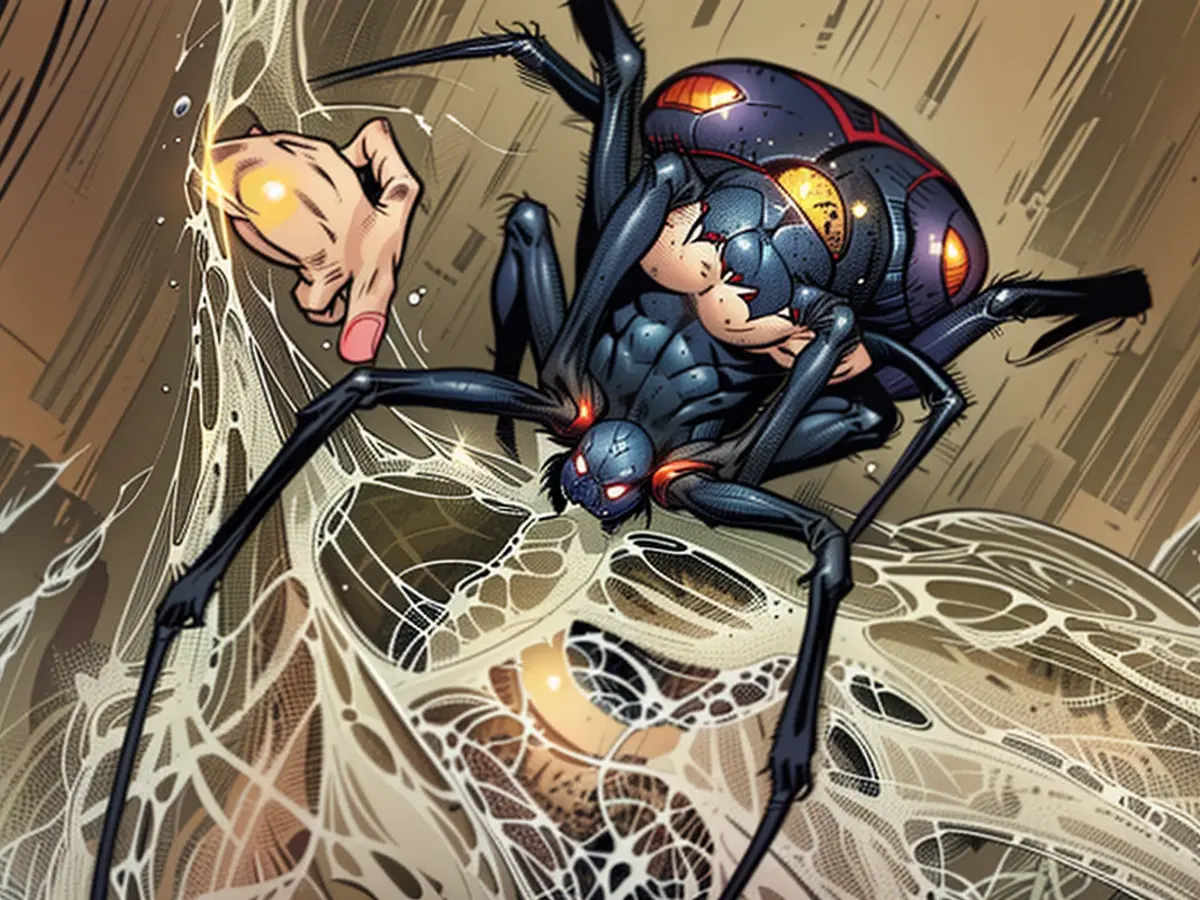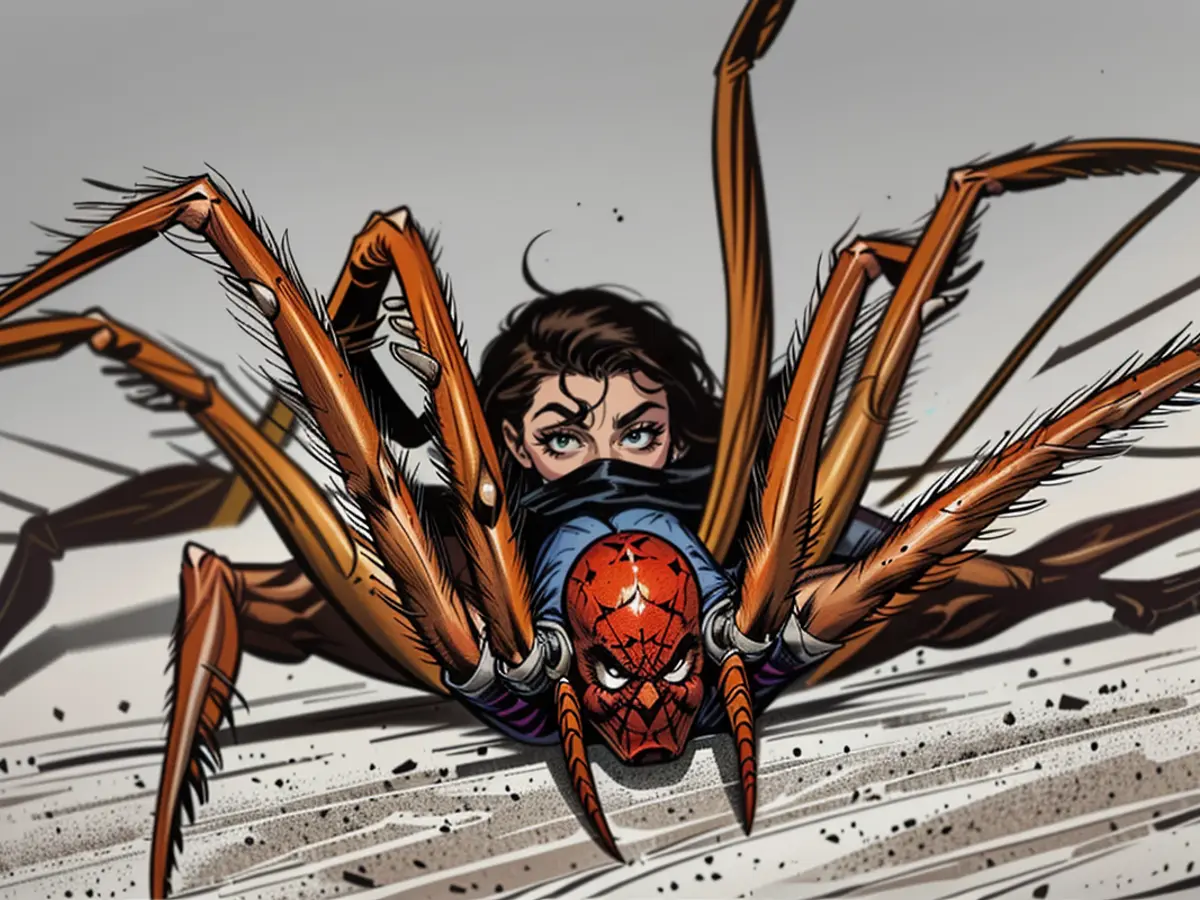Brown Violin Spider - Dangerous poisonous spider spreading in holiday areas
Brown Recluse Spiders are on the march. In Germany, at least eight venomous spiders, which can also be dangerous for humans, are known to live. A bite from the wrong creature can mean paralysis, amputation, and even death in severe cases. Recently, there have been concerns about the spread of the Brown Violin Spider. A 52-year-old man died in Sicily a few days after being bitten by the venomous spider. In Italy, people have been worried about the spread of the creature for some time, as is the case in Spain. Bites have also been reported there – and that includes the popular vacation islands of Mallorca and Ibiza.
How to Recognize a Violin Spider?
The venomous Brown Violin Spider or Loxosceles rufescens belongs to the so-called solitary spiders. It reaches a size of only about 7 to 9 millimeters in body length. It has not eight, but six eyes and is classified as a Six-eyed Sand Spider. The eyes are light reflective. The Brown Violin Spider has a yellowish-brown color and a characteristic pattern on its body that resembles a violin.
Where is the Poisonous Spider Found?
As the only Loxosceles species, the Violin Spider is found in Europe. It is mainly native to the Mediterranean region, but is now worldwide distributed – including in North America and Southeast Asia. In Italy, people have been concerned about the spread of the spider for some time. The spider is also found in the Netherlands, Spain, Switzerland, and the Czech Republic. Researchers at the University of the Balearic Islands believe that the spider will continue to spread in Europe and warn. The online portal araneae – Spiders of Europe provides an overview of the distribution of the Violin Spider.
Do Violin Spiders Live Near Humans?
"Although Loxosceles species have a certain affinity for buildings, they lead a very hidden life, are rarely seen, and bites are very rare," according to the book "Spiders – All You Need to Know." Therefore, the spiders are nocturnal and hide during the day on rooftops and in garages, mainly in cracks and crevices. The spider can live almost half a year without food and water. In rural areas, the Brown Violin Spider is less common.
How Often Do Violin Spider Bites Occur?
Rare. Besides the fatal bite in Palermo, only a few other cases are known. Between 2022 and 2023, four cases of Violin Spider bites were documented by zoologists at the University of the Balearic Islands in a study. One of these occurred on the popular vacation island of Mallorca, while others occurred in Catalonia and the Basque Country. In Germany, no cases have been reported yet.
How to Recognize a Violin Spider Bite?
A bite from a Violin Spider often goes unnoticed at first. At the bite site, a blister forms, which is red, painful, itches, and can develop into a blister. Subsequently, necrosis, or the death of the skin, often occurs, as can be read on the expert platform "Lifeline". In severe cases, large areas of tissue can be damaged deep into the muscle tissue. This life-threatening form of progression can occur.
The bite of the Brown Recluse Spider is initially harmless and is described as a painless sting when noticed, with symptoms often appearing hours later. A woman who was bitten behind the ear on Mallorca in 2022 had to be treated for pain, fever, dizziness, and numbness in her arms and legs. It took approximately two weeks for her to recover.
The venom of the Brown Recluse Spider contains Sphingomyelinase D, which can cause severe skin necrosis. Such cases require urgent medical treatment. In 2021, an holidaymaker on Ibiza had to have two fingers amputated after being bitten by a Violin Spider.
How is a bite wound treated?
The wound should be cleaned and the area cooled. People who have been bitten should seek medical help promptly, so that the wound can be properly treated, for example, with Cortison and Antihistamines. "In general, bites heal well and leave only a small scar," according to the "Lifeline" experts.
The Brown Violin Spider, a concern in Italy and other Mediterranean countries, even reaching popular vacation spots like Mallorca and Ibiza, is a six-eyed, solitary spider known for its yellowish-brown color and violin-like pattern. During vacation, it's essential to be aware that while bites from this spider are rare, they can potentially result in severe skin necrosis, requiring immediate medical attention, as experienced by an individual in Mallorca who needed treatment for symptoms like pain, fever, and numbness.









